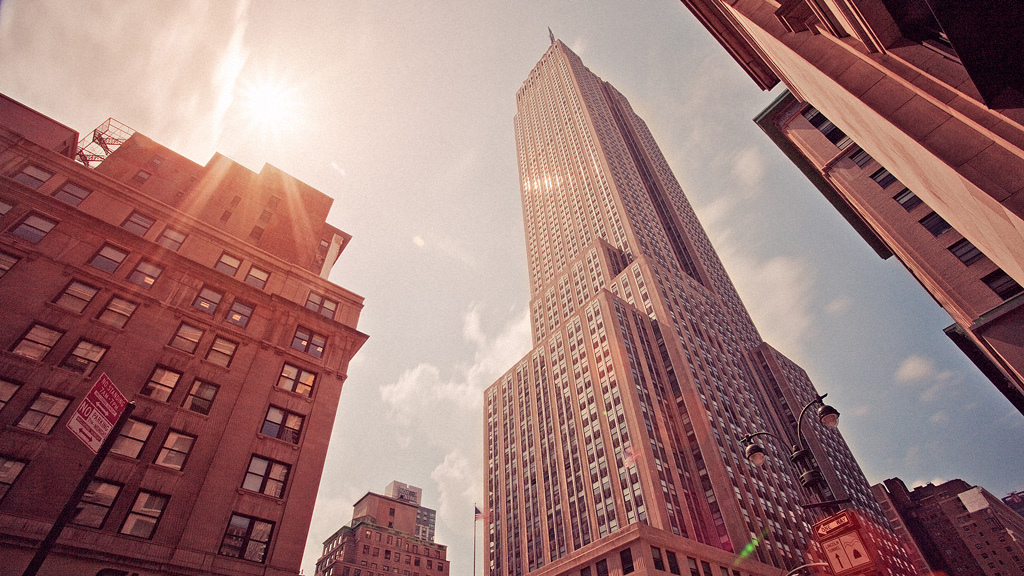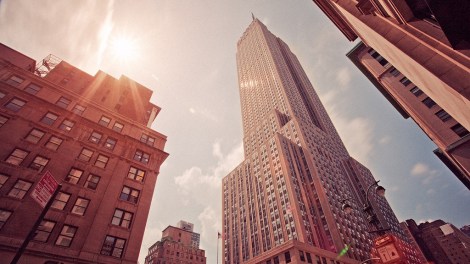Once the site of the Empire State Building was a farm with a little stream running through it. Today it’s getting a tiny infusion of its former identity in the form of huge, multi-million dollar retrofits that aim to help the environment, the tenants, and of course the owner.
From the Natural Resources Defense Council Switchboard blog:
A series of cost-effective, energy-efficient retrofits have dramatically reduced energy waste in the Empire State Building, saving $2.4 million in operating costs in the first year alone. In the next few years, when the project is complete, the building is expected to reduce its energy use by nearly 40 percent–and save about $4.4 million each year.
The waste-cutting retrofits were designed as part of a larger overhaul of the building’s aging infrastructure by owner Malkin Holdings. President Tony Malkin (husband of NRDC trustee Shelly Malkin), wasn’t about to take a senseless risk with his single largest real estate asset. The proposition had to make business sense. “I’m a capitalist,” Malkin told Harvard Magazine. “I wanted to make money. This is not charity.”
You gotta love that kind of honesty. Tony Malkin: not here to make friends, except if those friends are more money in which case, friends!
Malkin assembled a crack team to create a green retrofit plan, including the Clinton Climate Initiative. This spring, the plan was ahead of schedule, saving $2.4 million already.
The project team considered about 60 potential strategies, finally selecting 8 projects that would dramatically reduce the building’s energy use, and also pay for themselves within three years. The team knew that high-efficiency windows, for example, could dramatically cut energy waste. But replacing the building’s 6,514 windows outright would cost $20 million.
The solution: rebuild the windows on site, reusing the existing glass, sash, and trim, and sandwiching a layer of high-tech insulating film between the two existing panes. This strategy reduced costs by more than $15 million, and created far less waste than tearing out the old windows and shipping in replacements. Because the windows are better insulated, the building and its tenants save roughly $410,000 on heating and cooling costs each year.
Given the uptick in post-recession construction, not to mention the recent criticism of LEED green building standards, it’s nice to see a retrofit of an old (okay, by American standards) building that is taking waste and energy to heart. Even if it’s a cold, non-charitable capitalist heart.





